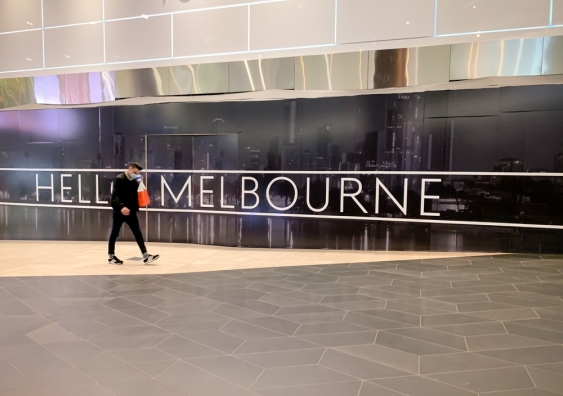Daniel Andrews flags a quick easing of Melbourne's restrictions. But cases are still in the 'red zone'
The Premier said Melbourne's restrictions could be eased more than expected on Monday. But from an outbreak-management perspective, we should be careful of easing too soon.



